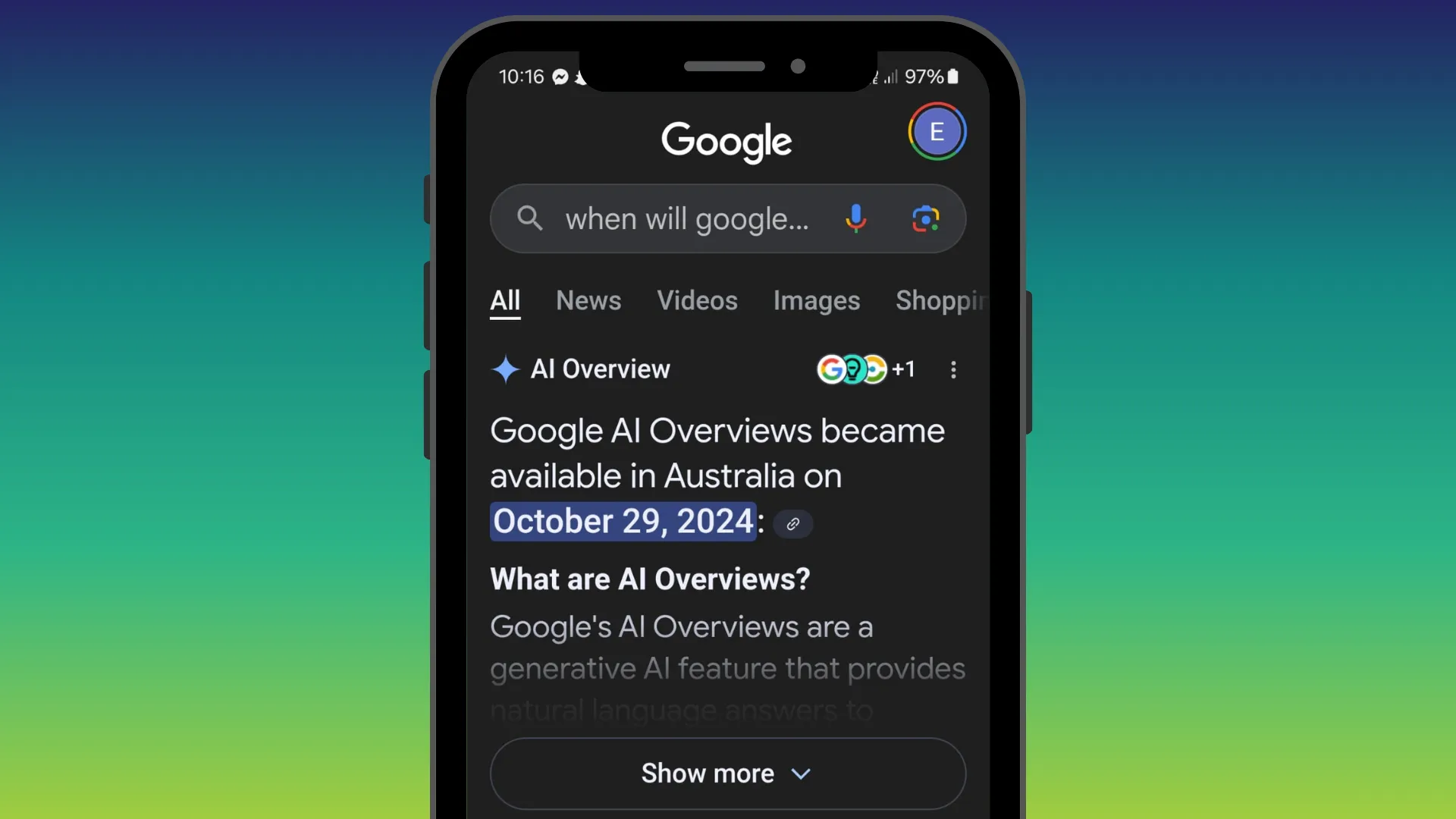We all know the 5-second rule – the amount of time a piece of food can be on the ground and still safe to eat – but do you know about the 5-second marketing rule? Your website has 5-seconds to capture your visitor’s attention before they hit the back button. If your website is attracting a large number of visitors with poor return, read on!
Think of your website as a first impression. If it doesn’t leave a good mark, your visitors will go straight back to the search results to find something better. How many times have you landed on a website and immediately thought, “Nup, this isn’t for me”? Ask yourself, why was that so? Was the website disorganised? Was there content overload? Did it not load properly? These are the things you need to consider with your own website to ensure the best possible user experience.
When a visitor first visits your website, they won’t be reading your content. They’ll be giving it a quick scan to make a judgement call on whether to stay or go. So, how can you make those first few seconds count?

1. Website Speed
If your website takes too long to load, it’s likely your customer will give up and hit the back button. People have short attention spans and they won’t want to sit around and wait for each webpage to load when they can find their answer quicker somewhere else.
A fast loading time is also beneficial for SEO. The faster your site loads, the more Google will reward you for it. Check out Google PageSpeed or CloudFlare to assess your website’s performance.
2. Mobile Friendliness
As more and more people access the web via their smartphones over desktop, it’s never been more important to have a website that is optimised for both mobile and tablet. The vast difference in screen sizes and browsers can limit certain website features. Test the functionality of your website across multiple devices and browsers to ensure your visitors have a pleasant experience.
Mobile responsiveness also earns you brownie points from search engines.
3. KISS – Keep It Simple, Stupid
That’s probably a phrase you haven’t heard of since your schooling days, but it rings true with your website. Remember the short attention spans we mentioned earlier? Today’s consumers demand content to be presented in simplistic formats. Make sure your brand identity and mission is presented in a reader-friendly format so they can understand who you are and what you do after a quick scan of your homepage.

4. Navigation
A menu that’s difficult to access, complex or inconsistent will make your reader confused, helpless and maybe even a bit angry. Review your website’s navigation and customer journey to ensure it’s easy for them to find the information they need.

5. Has It Got The Right Features?
Does your website solve your reader’s needs effectively? For example, a customer might have landed on your website to find a particular product. They know exactly what they’re looking for but don’t want to scroll past countless other items to find it. A filtering tool enables them to narrow down their search and find the thing that they need faster.
6. Authenticy
Have you ever landed on a website riddled with stock photography showing the most cliche scenarios, i.e. handshaking in suits? It makes you question the authenticity of the business and can give off the ‘scammy vibes’. The images on your site must accurately reflect who you are and what you do. Content production is an investment that goes a long way. It builds trust, credibility and association with your consumer.

7. Accessibility
Colour and playful fonts can look great on creative artworks, but they don’t always present well on your website. Your website visitors will be coming from all sorts of different devices and platforms that won’t always render your funky fonts and vibrant colours the way you want them to present. Avoid being unnecessarily elaborate and KISS. Use web-friendly fonts and colours that contrast well between background and text so it’s easy to read no matter where you’re looking from.
If your website is in need of an audit, the Aston Digital team is here to help. Get in touch to arrange a call to discuss your website management and search engine optimisation needs.

Google’s new search feature, AI Overviews, has recently launched in Australia, transforming how we interact with search engines. With AI-generated summaries now appearing directly in search engine [...]

When you think about it, Pinterest is not really a social media platform but more of a search engine. While it does allow users to follow and [...]

One of our biggest takeaways from State of Social 2024 was the evolution of zero-click searches and the impact it will have on the way we do [...]

Have you noticed a drop in engagement on your brand’s Instagram posts? Likes not flowing as much as what they used to? The good news is you’re [...]

Last week, Facebook announced a major update: 'Views' will now replace impressions as the primary metric for posts and Stories. This change aligns with Instagram's recent metric [...]

It’s the second week of November, and Black Friday promotions are in full swing; emails, ads, organic posts. But, how many of these promotions are you actually paying [...]

Google’s new search feature, AI Overviews, has recently launched in Australia, transforming how we interact with search engines. With AI-generated summaries now appearing directly in search engine [...]

TikTok can be polarising. Those who use it, love it. Those who don’t often find it confusing or aren’t sure how it could fit into their social media [...]

We’ve been geeking out over our latest Audience Intelligence Reports which rolled out to our clients over the last two weeks. Separate from our monthly digital marketing [...]

When you think about it, Pinterest is not really a social media platform but more of a search engine. While it does allow users to follow and [...]

When a social media post starts gaining traction, you’ll often receive prompts from the platform encouraging you to reach a wider audience by boosting the post. A [...]

In our last article, we explored the rise of zero-click searches and its impact on how we find information online. This shift in user behaviour has also [...]

One of our biggest takeaways from State of Social 2024 was the evolution of zero-click searches and the impact it will have on the way we do [...]

Have you noticed a drop in engagement on your brand’s Instagram posts? Likes not flowing as much as what they used to? The good news is you’re [...]

